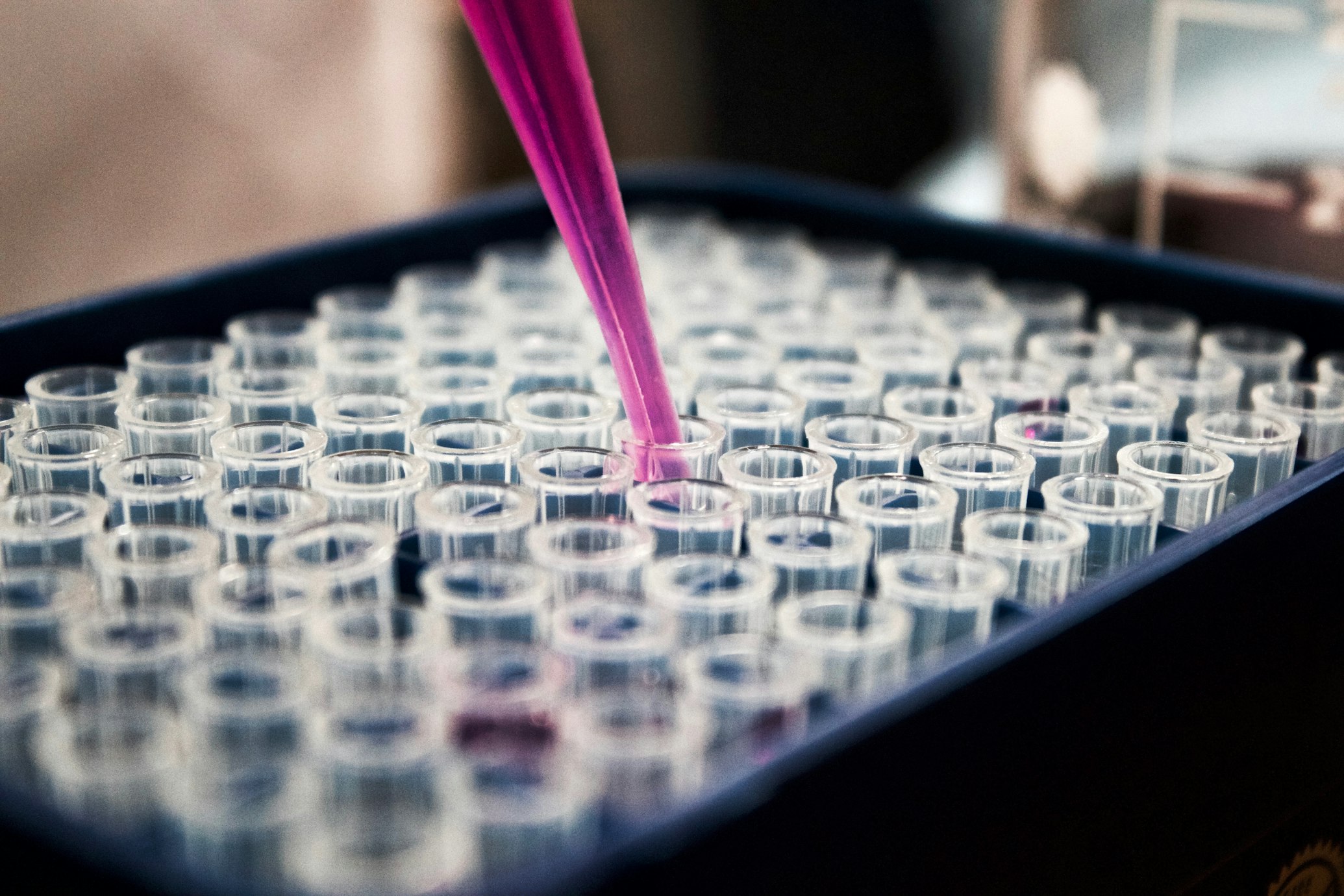The Silent Green Revolution
How Ball Mills Are Reshaping Drug Manufacturing
Introduction: The Solvent Problem
Picture a typical pharmaceutical lab: rows of bubbling flasks, liters of swirling solvents, and complex purification systems. This solvent-dependent paradigm has dominated drug synthesis for over a century—but at a staggering environmental cost.
The pharmaceutical industry generates 10-100 times more waste by mass than product, with solvents comprising 80% of this waste 6 . But what if we could eliminate solvents entirely? Enter mechanochemistry—the science of driving chemical reactions through mechanical force rather than solvents. At its forefront lies an unexpectedly simple technology: the ball mill.
Key Statistics
- 10-100x more waste than product
- 80% of waste is solvents
- Ball milling can eliminate solvent use
The Mechanics of Change: How Ball Milling Works
A Molecular Mortar and Pestle
At its core, ball milling is deceptively simple: solid reactants and hardened balls are sealed in a chamber and vigorously shaken. The collisions generate localized temperatures up to 1,000°C and pressures exceeding 10 GPa—enough to smash chemical bonds and forge new ones 5 .

Green Chemistry by Design
- Zero solvent waste: Eliminates purification steps and toxic residues 1
- Energy efficiency: Reactions complete in minutes without heating
- Safer processes: Avoids explosive or carcinogenic solvents
- Novel reactivity: Enables pathways unattainable in solution
Breakthrough Applications: Beyond Theory
Multicomponent Reactions (MCRs): The Efficiency Leap
Ball milling shines brightest in one-pot multicomponent reactions—reactions where three or more starting materials combine directly into complex products.
This MCR assembles antiviral dihydropyrimidinones from aldehydes, urea, and ketones. Solution-based methods require 12+ hours in toxic solvents like ethanol. Under ball milling? 20 minutes, solvent-free, 95% yield 5 .
| Milling Frequency | Catalyst | Time (min) | Yield (%) |
|---|---|---|---|
| 10 Hz | None | 120 | 45 |
| 15 Hz | SiO₂/AEP | 45 | 78 |
| 20 Hz | SiO₂/AEP | 20 | 95 |
The Rotaxane Revolution
Even delicate supramolecular structures like rotaxanes (mechanically interlocked molecules) form cleanly under milling. Solution synthesis suffers from competitive side reactions, but solvent-free milling yields 2 rotaxanes in 49% yield—unprecedented for solid-state methods 5 .

Spotlight Experiment: Crafting Pyranopyrazoles—A Green Blueprint
Why Pyranopyrazoles Matter
These fused heterocycles form the backbone of blockbuster drugs:
- Celecoxib (anti-inflammatory)
- Rimonabant (anti-obesity)
- Sulfaphenazole (antibacterial) 7
Traditional syntheses require refluxing in DMF (a reproductive toxin) for hours. The ball-milling alternative? Room temperature, solvent-free, 20 minutes.
Step-by-Step: The Experiment 7
- Catalyst Prep: Nano-silica particles functionalized with aminoethylpiperazine (SiO₂/AEP)
- Reaction Assembly: 4-nitrobenzaldehyde + hydrazine hydrate + ethyl acetoacetate + malononitrile
- Milling: Stainless-steel chamber, two balls (0.8 mm), 20 Hz frequency
- Workup: Ethanol wash → filter → pure product
Results That Speak Volumes
- Time: 5–20 min (vs. 3–24 hours conventionally)
- Yield: 86–94% across 12 substrates
- Catalyst Reuse: 3 cycles with <5% activity loss
| Technique | Key Findings | Significance |
|---|---|---|
| FT-IR | 1452 cm⁻¹ peak (C-N stretch) | Confirmed amine attachment to silica |
| FESEM | 16–27 nm quasi-spherical particles | High surface area for reactivity |
| TGA | 150–390°C weight loss (organic layer) | Thermal stability limit for reactions |
| EDX | N (10.99%), Si (21.68%) | Elemental proof of functionalization |
Beyond the Lab: Industrial Impact
Cocrystals for Enhanced Drug Performance
Ball milling excels at creating pharmaceutical cocrystals—API-coformer complexes that boost drug solubility. For BCS Class II drugs (low solubility/high permeability):
- Carbamazepine-nicotinamide cocrystal: 4× solubility increase vs. pure drug
- Ibuprofen-nicotinamide: Formed in 10 minutes without solvents
Scaling the Technology
Major pharma companies now use continuous ball mills for:
- Atorvastatin (cholesterol drug): Solvent-free polymorph control
- Ledipasvir (hepatitis C drug): Milling avoids carcinogenic solvents 6
Challenges and Future Horizons
Overcoming Hurdles
- Heat control: Exothermic reactions risk thermal runaway (solution: cryo-milling)
- Sticky solids: Adhesion to chamber walls (solution: liquid-assisted grinding/LAG)
- Scalability: Industrial mills require optimized energy transfer 5
Tomorrow's Innovations
- Light-mechanochemistry: Photoactive milling for chiral drug synthesis
- AI-driven reaction prediction: Accelerating solvent-free route design
- Modular drug manufacturing: Portable mills for on-demand antibiotic production 5
Conclusion: The Green Medicine Era
Ball milling transcends mere technical novelty—it represents a philosophical shift toward benign-by-design pharmaceuticals.
By eliminating solvents, this technology slashes waste, energy use, and toxicity while unlocking unprecedented molecular architectures. As research advances, we envision a future where drug synthesis resembles baking more than alchemy: precise, clean, and accessible.
"Mechanochemistry is poised to profoundly reshape the landscape of synthetic chemistry"